The above information was shared at the signing ceremony of the cooperation agreement on organizing the exam and sharing the results of the 2025 V-SAT university entrance exam organized by the National Testing Center and Education Quality Assessment (Department of Quality Management, Ministry of Education and Training) on the afternoon of November 6. Accordingly, the National Testing Center and Education Quality Assessment is the unit that provides the exam question bank, organization software and coordinates to support universities in organizing.
ADDING NEW SUBJECTS, CHANGING QUESTION FORMAT
At the event, Mr. Ha Xuan Thanh, Director of the National Testing Center and Education Quality Assessment, announced the latest information on the organization of the exam and the shared use of the results of the V-SAT university entrance exam in 2025 (abbreviated as the V-SAT exam).
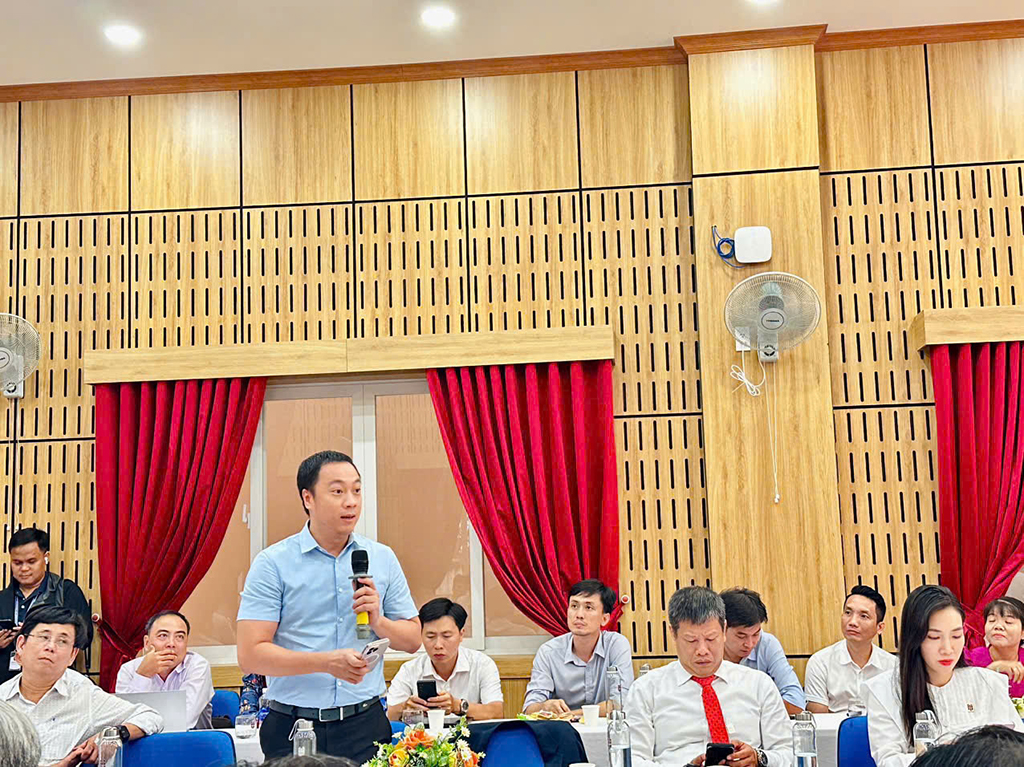
Representatives of universities speak at the signing ceremony of cooperation agreement to organize V-SAT university entrance exam
According to Mr. Ha Xuan Thanh, the National Center for Testing and Education Quality Assessment has reviewed and updated the test content; adjusted the structure of the test format and the test form to be more suitable for the assessment of high school students' abilities according to the current general education program to meet the increasing requirements of university admissions. The V-SAT test was developed by the National Center for Testing and Education Quality Assessment, combined with the application of modern measurement and testing techniques to build a question bank and apply information technology in organizing the test.
Notably, the 2025 exam has 8 independent subjects including: math, physics, chemistry, biology, history, geography, English and literature. Compared to last year, this year, literature has been added. The exam is organized in the form of a computer test within 90 minutes for math and literature, and 60 minutes for the remaining subjects.
In addition, an important new point of the test is the change in question format. If previously, this test only had 3 types of questions, now there is an additional group question format, which means from one problem, a group of accompanying questions is built. Accordingly, the V-SAT test has test content within the current general education program at high school level, with 4 types of questions in the test. The first is the true/false multiple choice question format; 4-choice objective multiple choice question format; multiple choice combination question format; short answer multiple choice question format or essay writing. In particular, many test questions have been compiled in the direction of applying the assessment method of the International Student Assessment Program (PISA).
MINIMIZE THE "BREAKING"
Each subject consists of 25 questions with about 85 sub-questions and a total score of 150. In last year's test, candidates received points for each correct answer, but this year the difference is that in order to achieve the maximum score, candidates must answer all 85 sub-questions completely and correctly - this is the difference and also the advantage of the V-SAT test format when the number of sub-questions is very large. "This will minimize the number of candidates "cheating", contributing to increasing the reliability of the exams", Mr. Thanh added.
For the true/false multiple choice question format (54/150 points scale), each question consists of 4 sub-questions. If you answer 1/4 of the sub-questions correctly, you get 1 point, if you answer 2/4 of the sub-questions correctly, you get 2 points, if you answer 3/4 of the sub-questions correctly, you get 3 points, if you answer 4/4 of the sub-questions correctly, you get 6 points. For the 4-choice multiple choice question format: each correct answer gets 6 points; scale 36/150. For the combined multiple choice question format, each question consists of 4 sub-questions, each correct answer gets 6 points; scale 30/150. For the short answer multiple choice question, each correct answer gets 6 points, scale 30/150. For the literature essay, follow the marking instructions and marking answer key, the maximum score is 30/150 points.
The Director of the National Testing Center and Education Quality Assessment commented: "With this test format, candidates do not need to attend test preparation courses, they just need to study and take the test wherever they are."
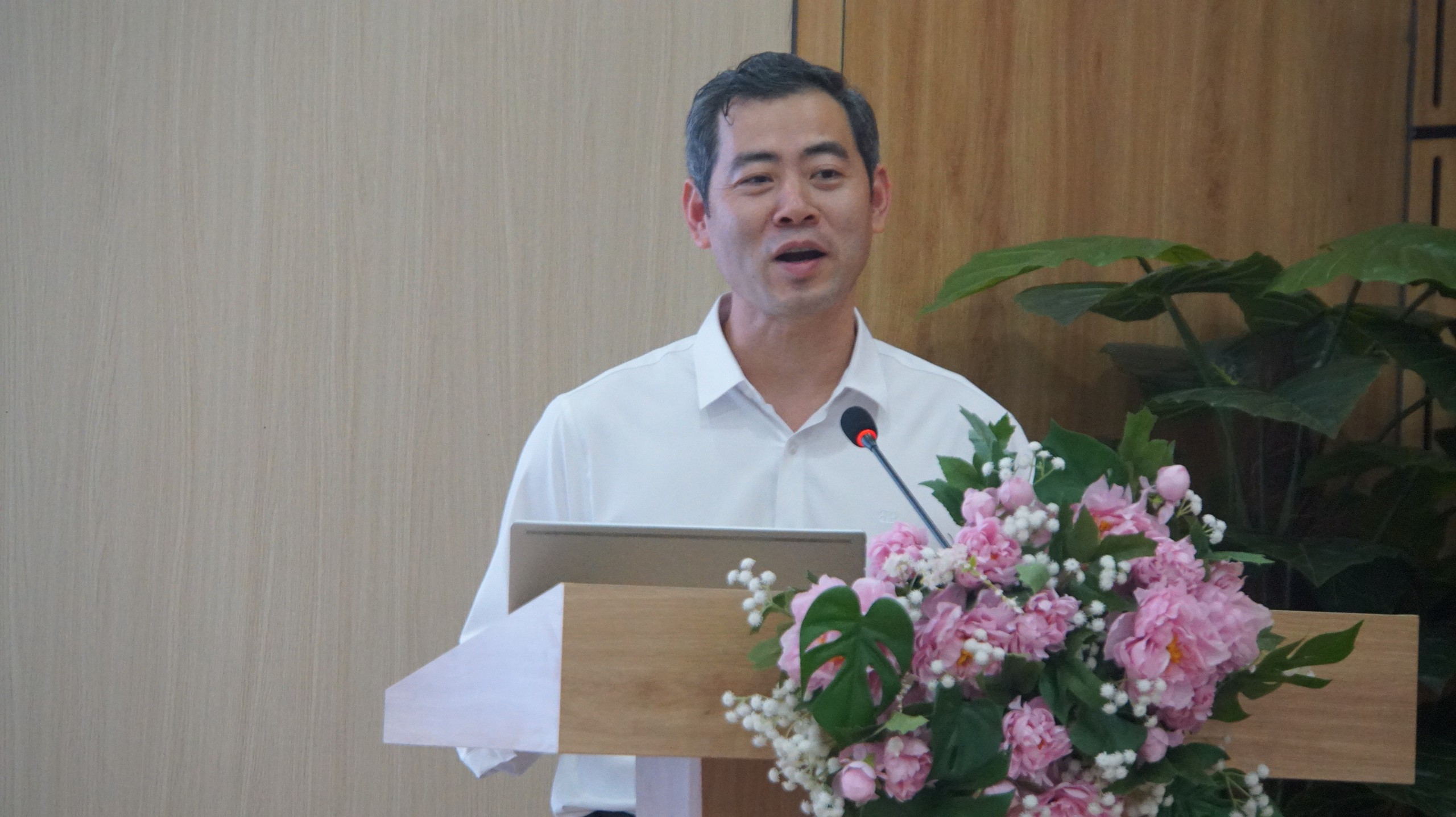
Mr. Ha Xuan Thanh, Director of the National Testing Center and Education Quality Assessment (Department of Quality Management, Ministry of Education and Training)
WHICH UNIVERSITIES ADMISSION BY THIS EXAM?
Mr. Ha Xuan Thanh said that in 2023, this exam will be held for the first time at Saigon University and Ho Chi Minh City Banking University. In 2024, 5 schools will hold the exam and 10 universities will use the results of this exam for admission. After 2 years of organization, the exam has met the requirements of standardized tests and standardized exams when schools implement the exam on the same test bank, ensuring reliability. In 2025, the V-SAT exam is expected to be expanded to be used for admission to many universities.
Up to now, it is expected that 18 universities have signed a cooperation agreement to organize the exam and share the results of the V-SAT exam. Of which, 2 universities include: Thai Nguyen University, Duy Tan University. Other universities and academies include: Saigon University, Ho Chi Minh City University of Banking, University of Finance - Marketing, Ho Chi Minh City Open University, Can Tho University, Vinh University, Ho Chi Minh City University of Economics - Finance, Hung Yen University of Technical Education, Van Lang University, Dong Thap University, Ho Chi Minh City University of Law, Tra Vinh University, Ho Chi Minh City University of Technology, Lac Hong University, Hanoi University of Construction, Banking Academy.
Some universities said they plan to reserve 20-40% of their total enrollment quotas for majors in 2025 for the V-SAT exam results. Associate Professor Dr. Nguyen Duc Trung, Principal of Banking University of Ho Chi Minh City, said the school will reserve 35-40% of its enrollment quotas for majors considering the results of this exam in 2025.
Dr. Vo Van That, Vice Principal of Saigon University, said the school plans to maintain the same quota for considering V-SAT scores as last year, with a maximum of 15% of quota for non-teacher training majors. Last year, Can Tho University reserved 20% of its quota for considering this exam score and this year the trend continues to increase.
Dr. Vo Thanh Hai, Vice President of Duy Tan University, also said that the school will use the results of this exam for admission next year, expected to be at least 20% of the school's total enrollment target. Meanwhile, Ho Chi Minh City University of Technology plans to reserve about 10% of its enrollment target, Van Lang University plans to reserve 5-10% of its enrollment target...
Dr. Vo Thanh Hai said that this year the school started using the V-SAT exam results in the admission process. Each admission method has its own advantages and disadvantages. With this exam, Mr. Hai said that organizing candidates to take the exam on computers creates fairness in evaluating results since the results are known immediately after the exam. In addition, the exam has subjects corresponding to high school subjects, which is also convenient and interesting for learners. "From the results of previous years, it can be seen that these subjects correspond to the subjects in the high school graduation exam, but the difficulty of the exam is higher, helping schools select better learners," Dr. Hai added.
Proposal to add some new subjects to the exam
Master Le Van Hien, Deputy Head of the Training Department of Ho Chi Minh City University of Law, proposed that the exam should add some new subjects in line with the 2018 General Education Program. Mr. Hien said that in 2025, for the first time, students from the General Education program will graduate and participate in university admissions. Among the 18 universities expected to consider the results of this exam, many schools offer training in fields related to economics, law, and engineering technology. "So, should the exam add the subjects of economics, law, technology, and information technology to the exam to serve as a basis for admissions for schools?", Mr. Hien suggested.
Mr. Ha Xuan Thanh said that the National Center for Testing and Education Quality Assessment will study this proposal but it will take a certain amount of time to build a question bank for the exam.





![[Photo] Third meeting of the Organizing Subcommittee serving the 14th National Party Congress](https://vstatic.vietnam.vn/vietnam/resource/IMAGE/2025/4/2/3f342a185e714df58aad8c0fc08e4af2)

![[Photo] General Secretary To Lam receives Russian Ambassador to Vietnam](https://vstatic.vietnam.vn/vietnam/resource/IMAGE/2025/4/2/b486192404d54058b15165174ea36c4e)
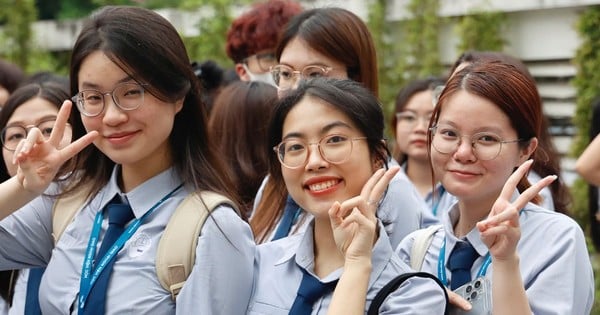

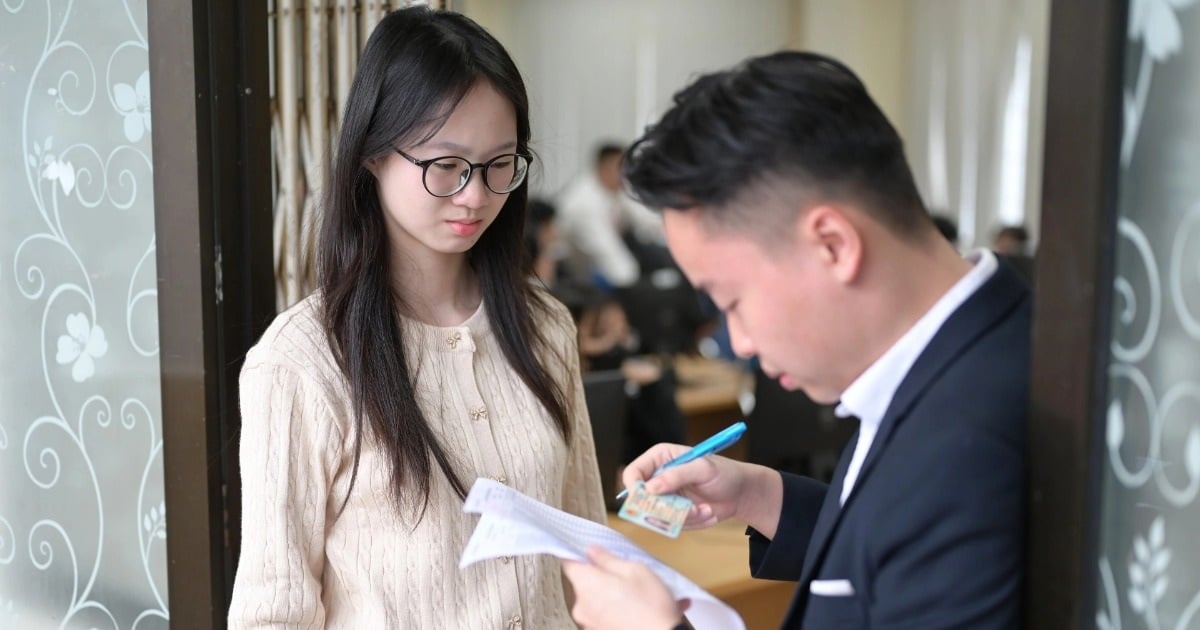


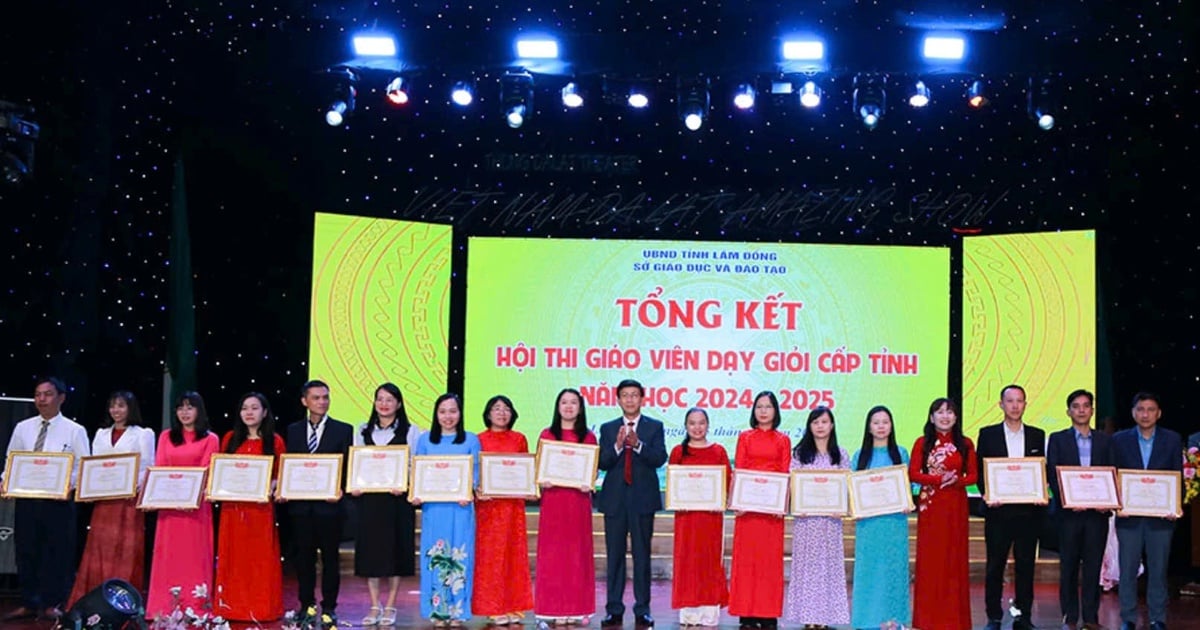

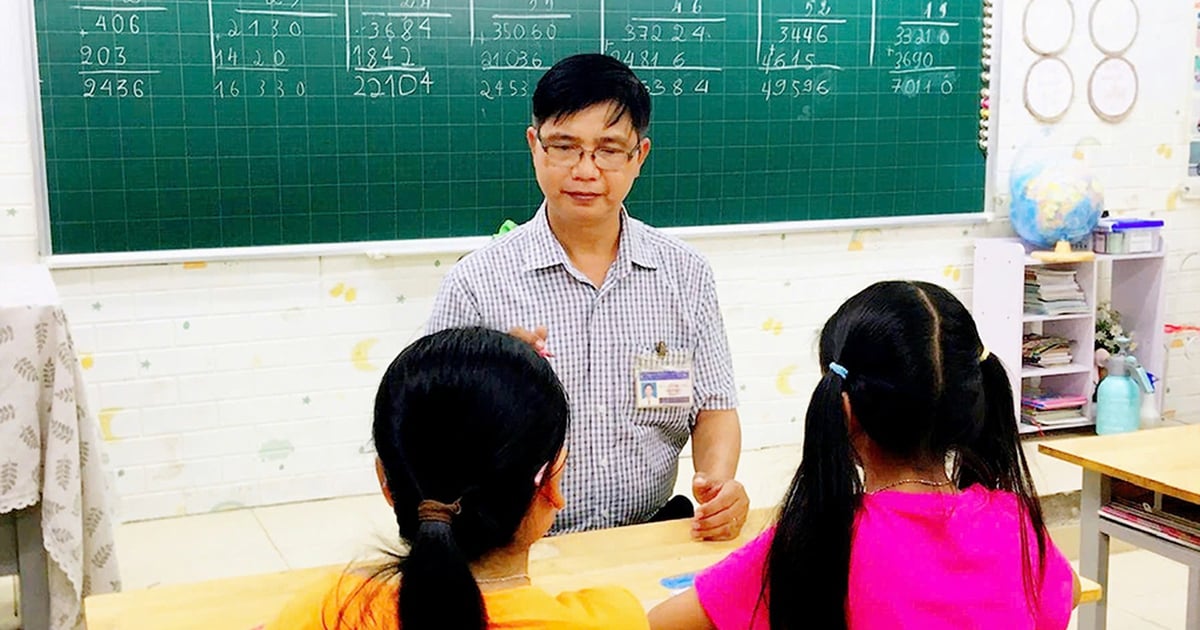
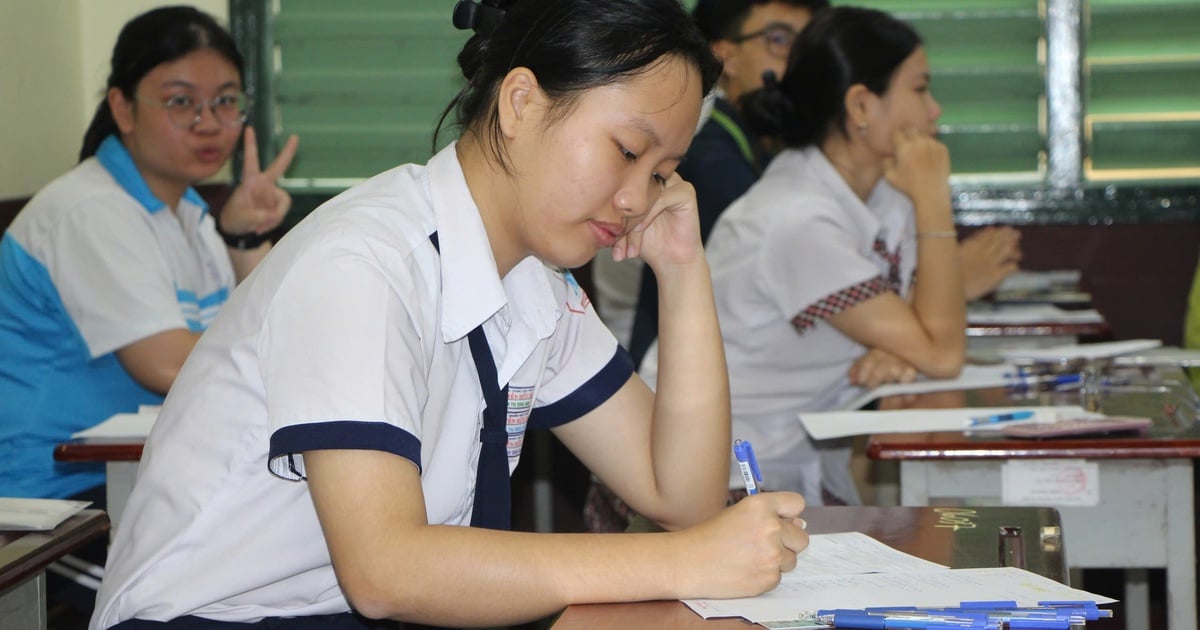
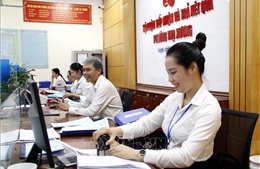
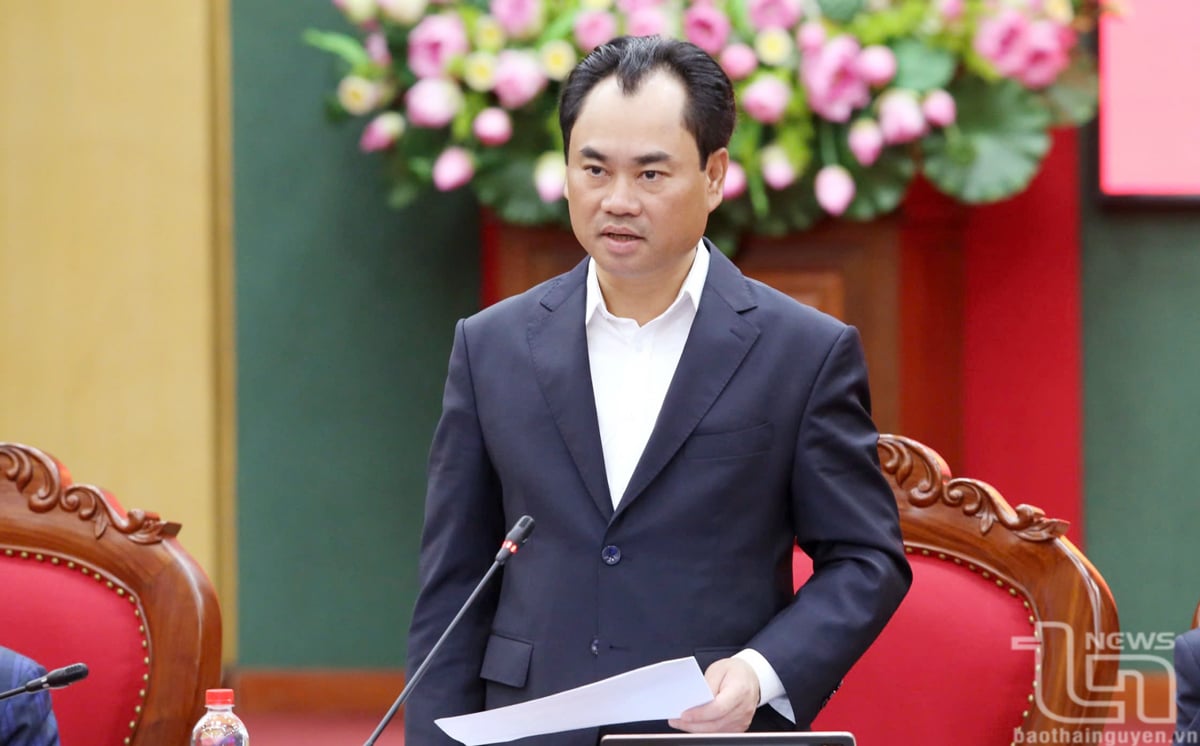
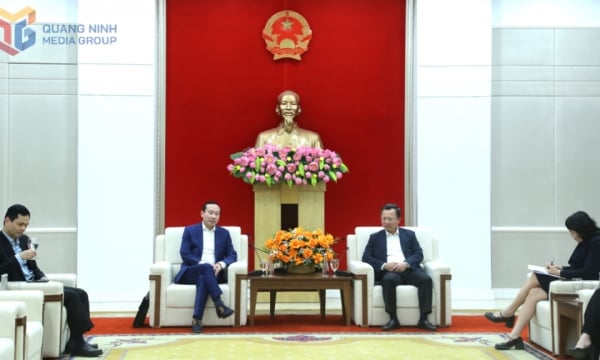
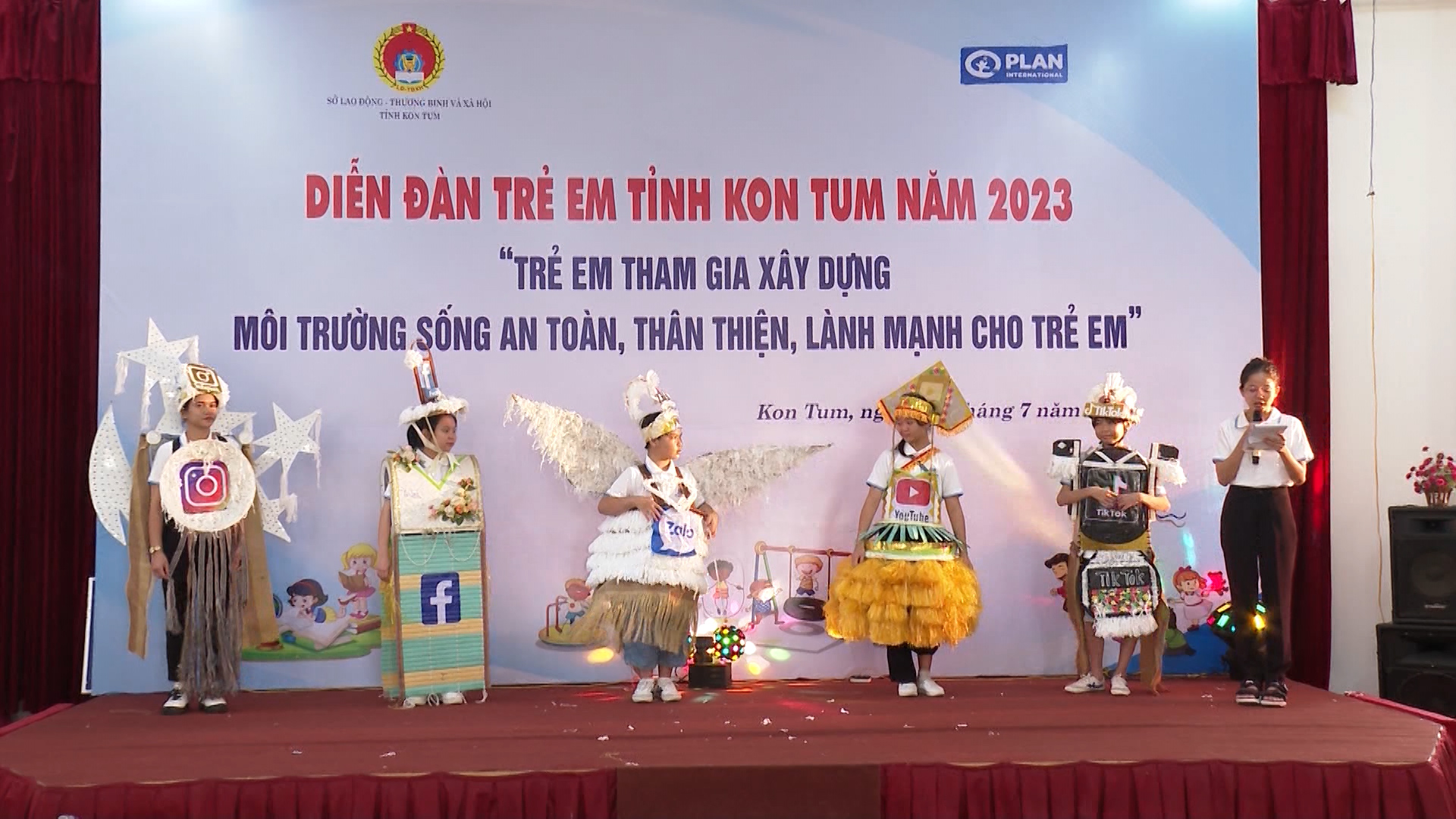
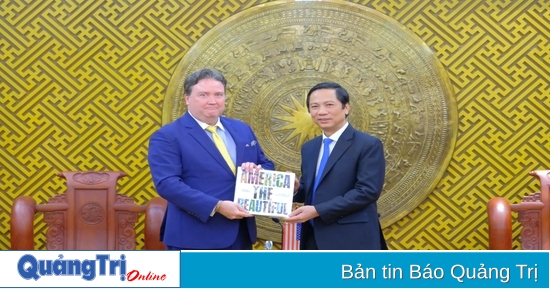
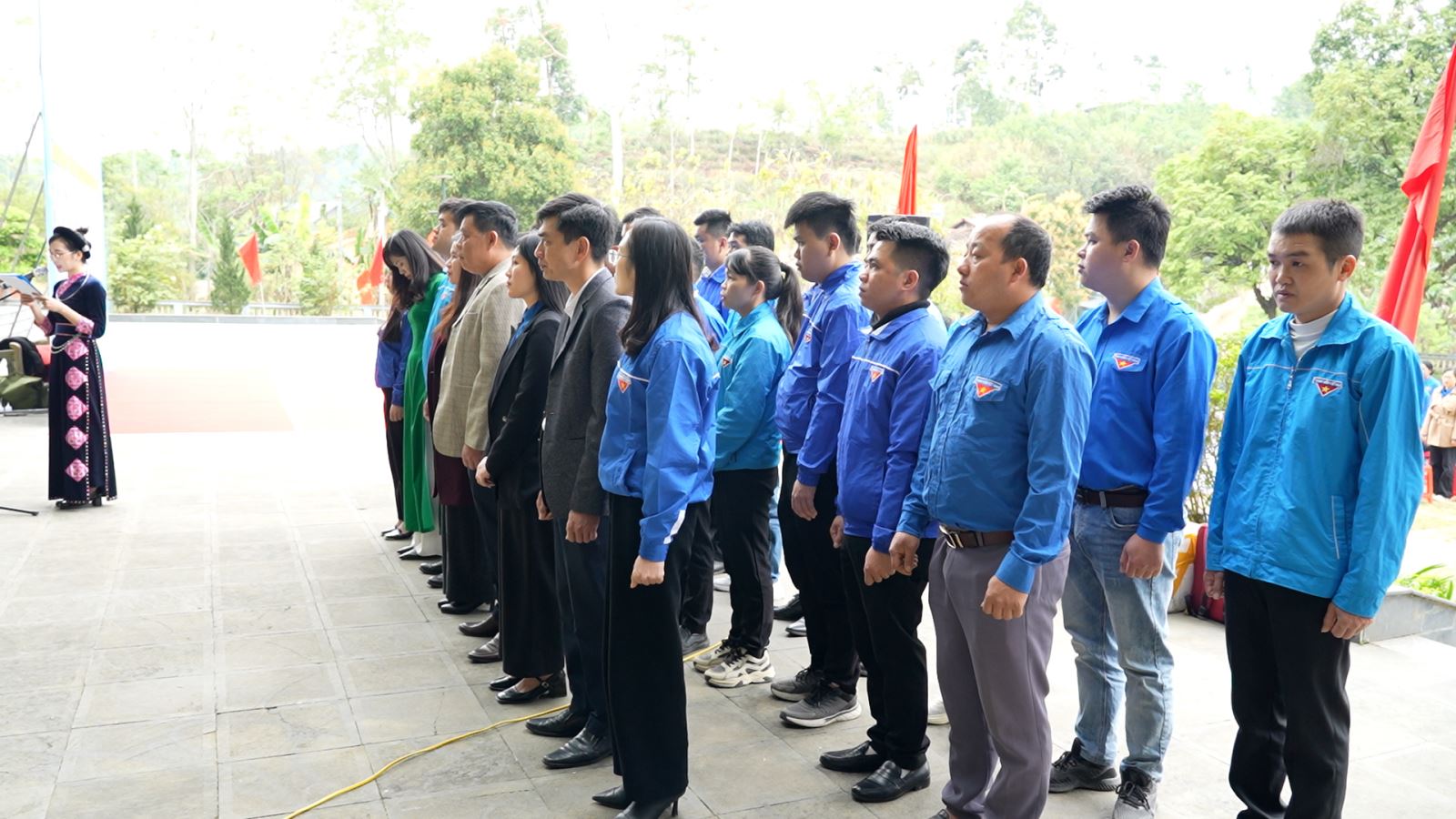





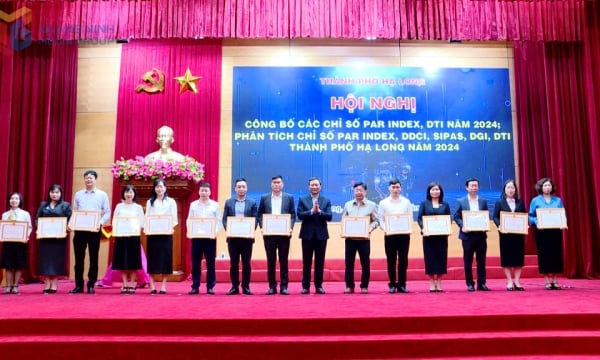
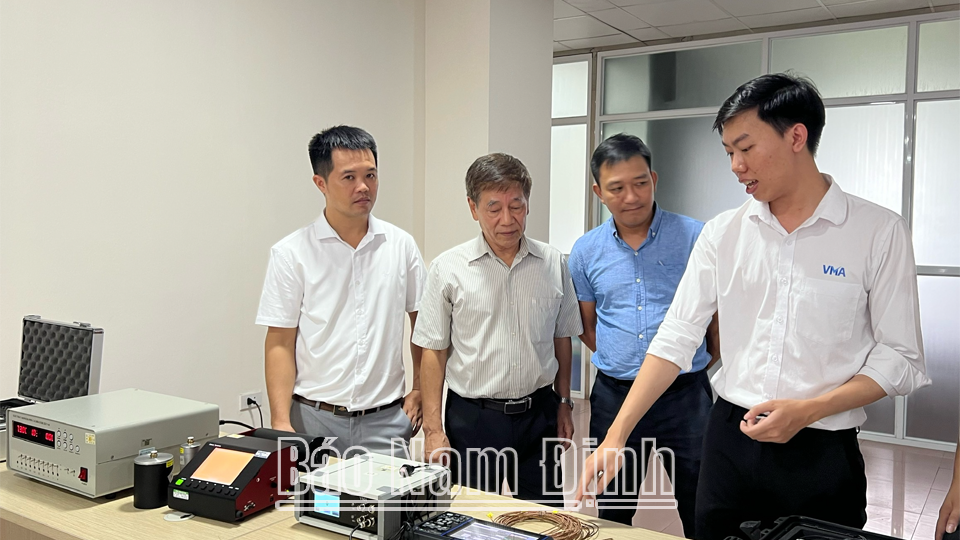
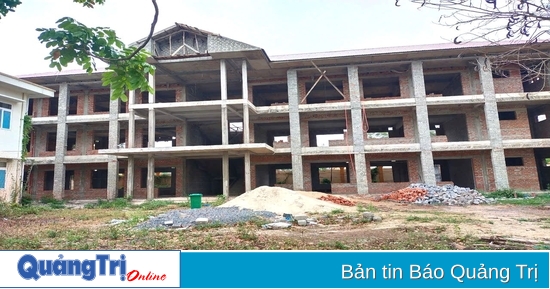
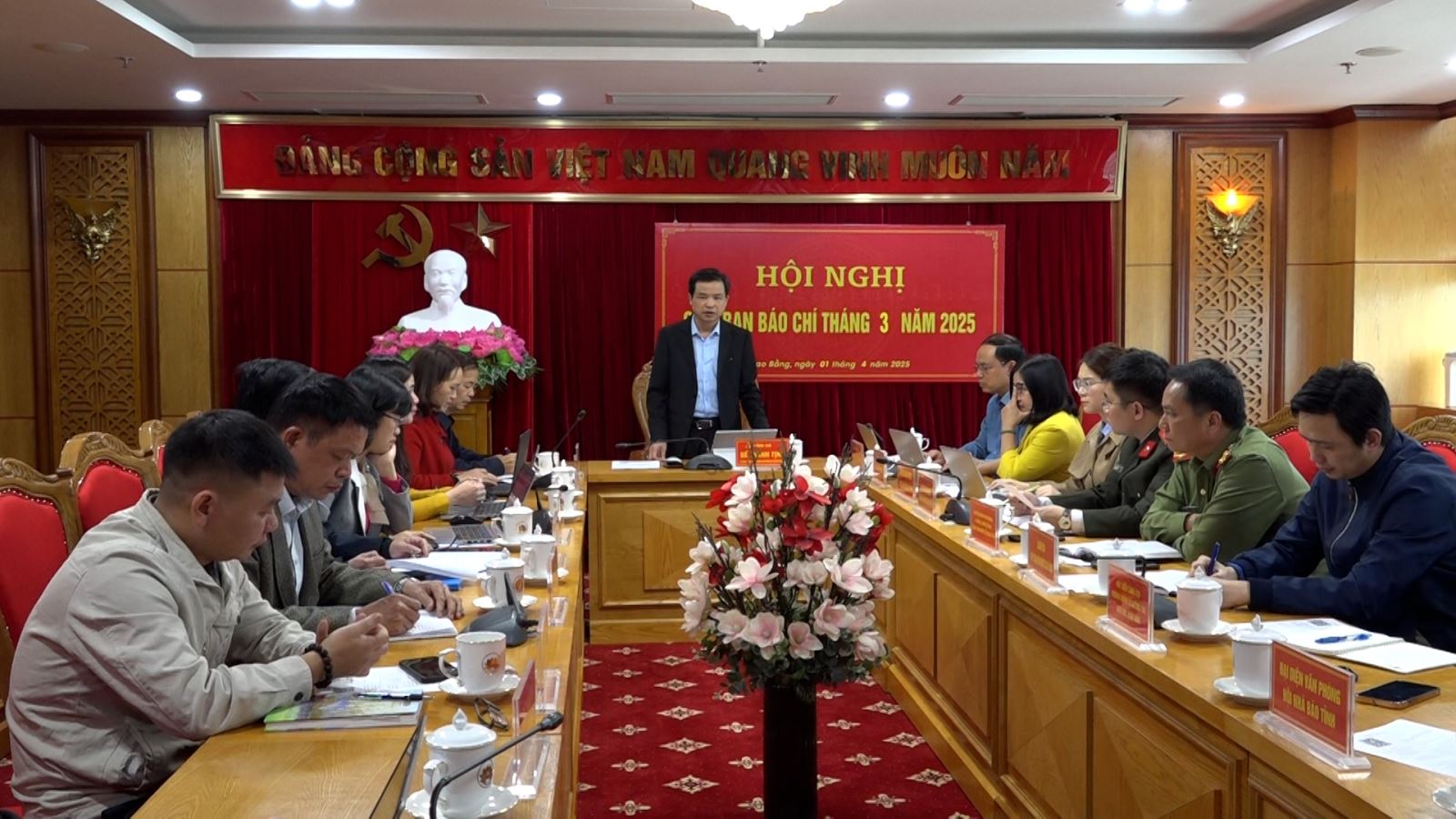
![[Photo] Relatives of victims of the earthquake in Myanmar were moved and grateful to the rescue team of the Vietnamese Ministry of National Defense.](https://vstatic.vietnam.vn/vietnam/resource/IMAGE/2025/4/2/aa6a37e9b59543dfb0ddc7f44162a7a7)









































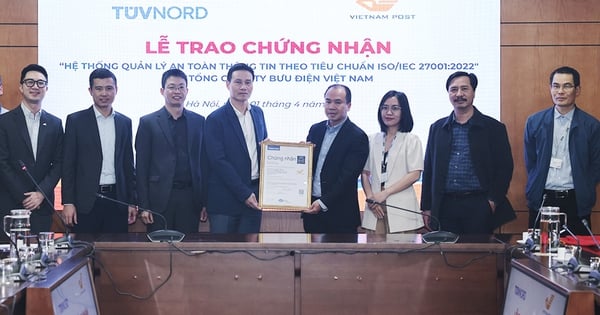

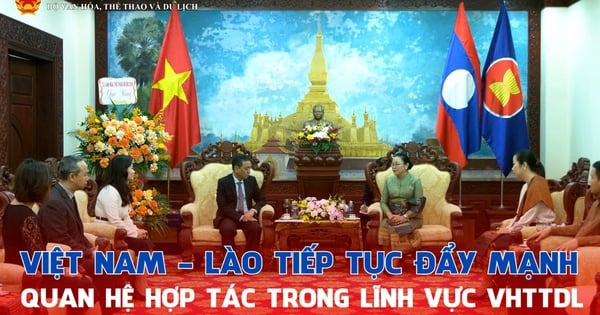


















Comment (0)